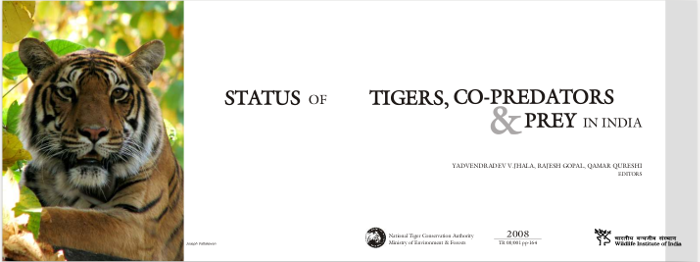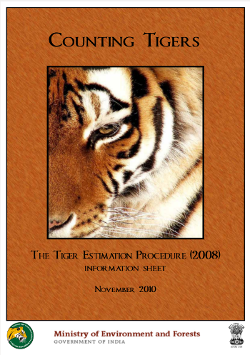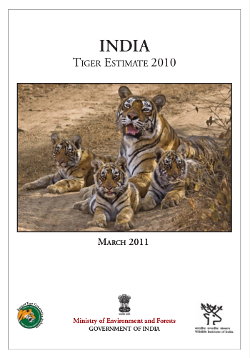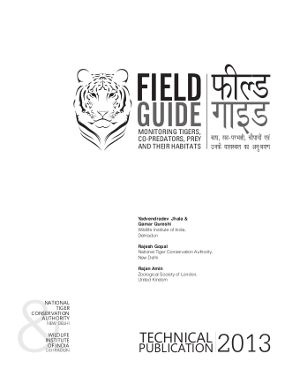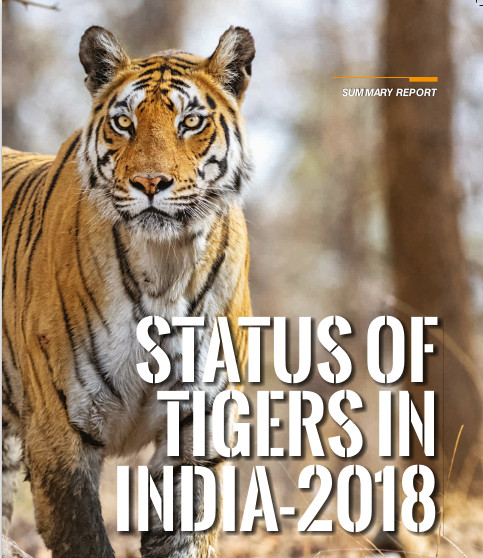Counting tigers in India
Tigers are a conservation dependent species. Major threats to tigers are poaching that is driven by an illegal international demand for tiger parts and products, depletion of tiger prey, and habitat loss due to the ever increasing demand for forested lands. To gauge the success of conservation efforts as well as to have a finger on the pulse of tiger populations and their ecosystems, the National Tiger Conservation Authority in collaboration with the State Forest Departments, the Wildlife Institute of India and conservation partners conducts a National assessment for the “Status of Tigers, Co-predators, Prey and their Habitat” once inevery four years. The methodology used for this assessment was approved by the Tiger Task Force in 2005. The first assessment based on this scientific methodology was done in 2006 and subsequently in 2010, 2014 and 2018.
In 2006, the tiger population was estimated at 1,411 (1,165 to 1,657) which was much lower than the earlier official estimates. This brought about major changes in tiger conservation policy, legislation, and management. Special stress was laid on village relocation from core/critical tiger habitats and enhancing protection by creating the Special Tiger Protection Force. Subsequently, these concerted actions resulted in an upward trend in the tiger population as documented by the 2010 population estimates of 1,706.
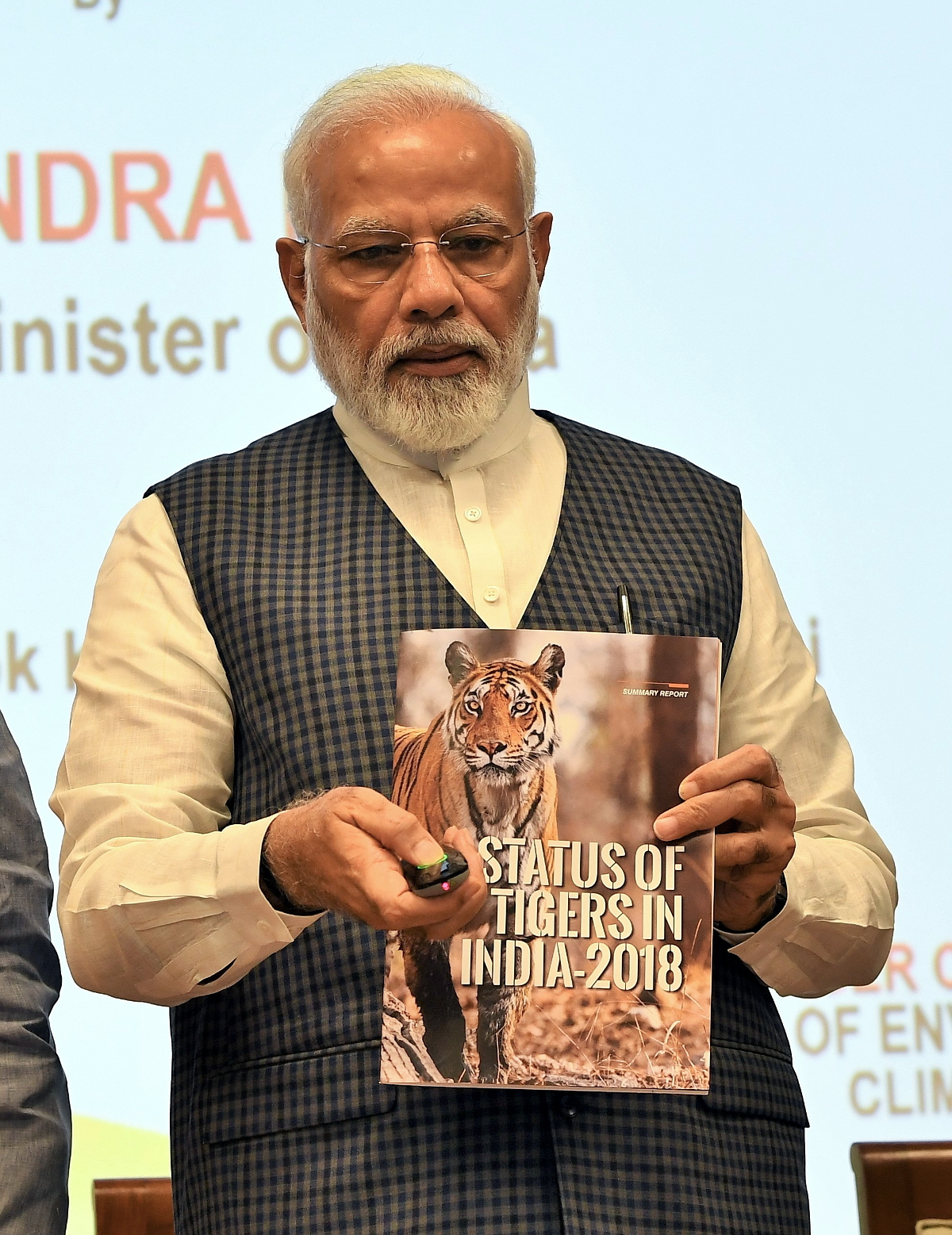
(Honourable Prime Minister of India releasing the report ‘Status of Tigers in India – 2018‘ on the occasion of Global Tiger Day at New Delhi, India).
However, the 2010 assessment also showed a decline in tiger occupied area. This decline in tiger occupancy was recorded in areas outside of tiger reserves, indicating loss of habitat quality and extent – a crucial element essential for maintaining genetic connectivity between individual tiger populations. To address this vital conservation concern, the NTCA in collaboration with the WII delineated the minimal tiger habitat corridors connecting tiger reserves for implementing landscape scale tiger conservation. Now all tiger reserves manage their tiger populations based on a tiger conservation plan (TCP), which addresses specific prescriptions for core, buffer, and corridor habitats.
The 2014 assessment, further bore testimony to the inputs provided by Project Tiger and based on the double sampling approach, showed a 30% increase over the previous cycle. India now has 70 % of the global tiger population at 2226. 1540 distinct camera trapped photographs of tigers have been obtained and the rest based on sound statistically robust, spatially explicit capture recapture (SECR) models.
The fourth cycle of National tiger status assessment of 2018-19 is the most accurate survey conducted. The survey covered 381,400 km 2 of forested habitats in 20 tiger occupied states of India. A foot survey of 522,996 km was done for carnivore signs and prey abundance estimation. In these forests, 317,958 habitat plots were sampled for vegetation, human impacts and prey dung.
Camera traps were deployed at 26,838 locations. These cameras resulted in 34,858,623 photographs of wildlife of which 76,651 were of tigers and 51,777 were of leopards. The total area sampled by camera traps was 121,337 km 2 . The total effort invested in the survey was 593,882 man-days. We believe that this is the world’s largest effort invested in any wildlife survey till date, on all of the above criteria.
A total of 2,461 individual tigers (>1 year of age) were photo-captured. The overall tiger population in India was estimated at 2,967 (SE range 2,603 to 3,346). Out of this, 83% were actually camera trapped individual tigers and 87% were accounted for by camera-trap based capture-mark-recapture and remaining 13% estimated through covariate based models. Tigers were observed to be increasing at a rate of 6% per annum in India when consistently sampled areas were compared from 2006 to 2018. Tiger occupancy was found to be stable at 88,985 km 2 the country scale since 2014 (88,558 km 2 ). Though there were losses and gains at individual landscapes and state scales.
For further details and past tiger monitoring reports, please refer to the estimation reports given in the side link above. For all other reports, please visit Reports‘ section of this website.

